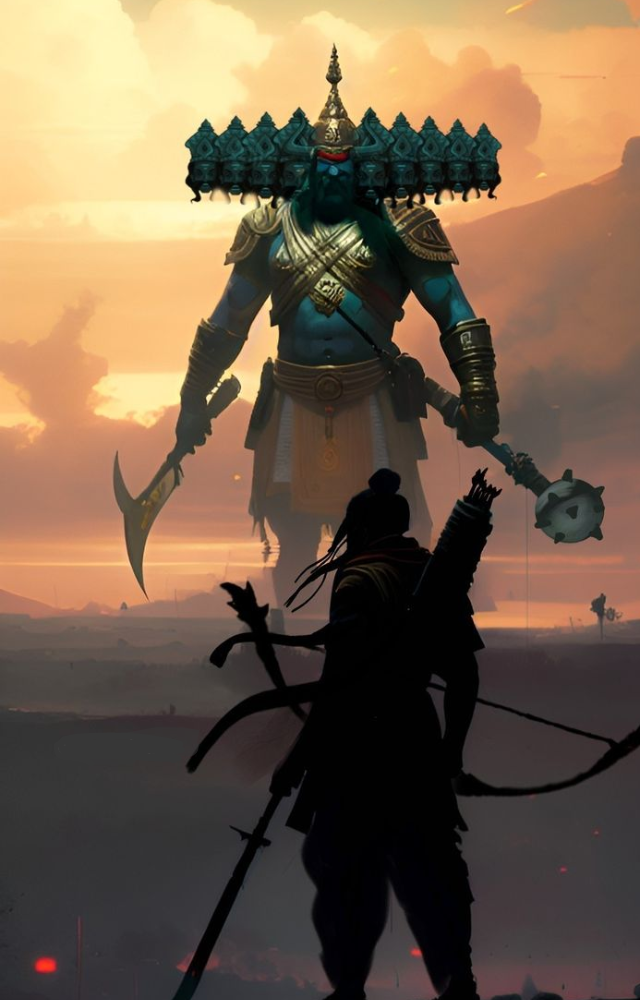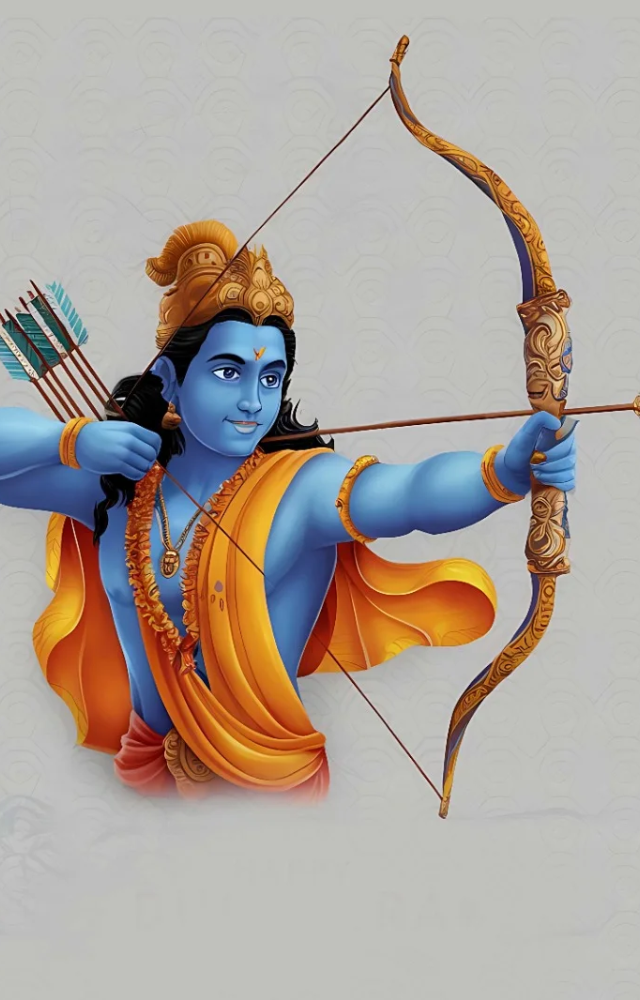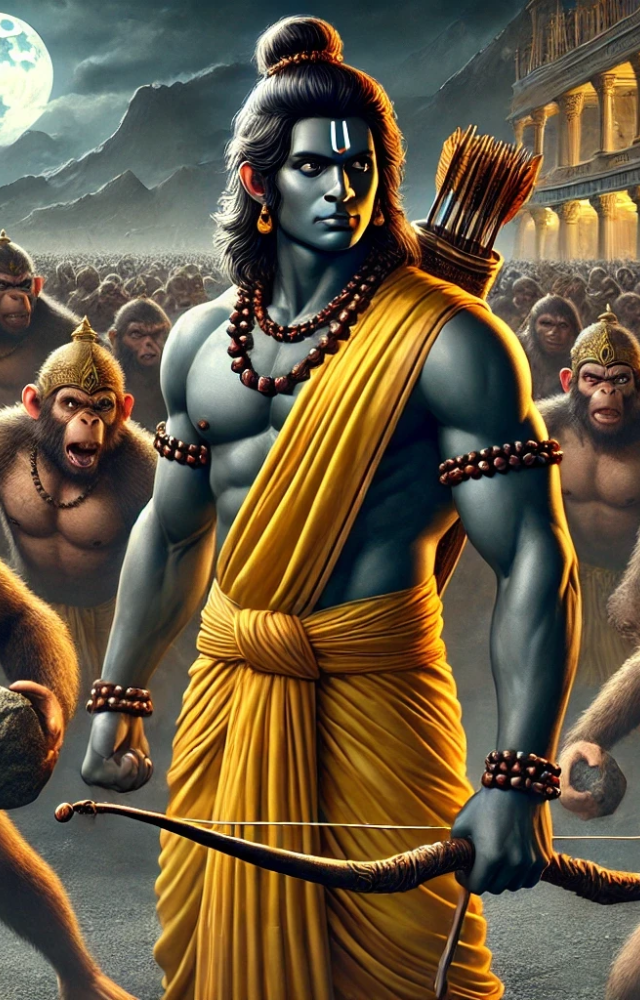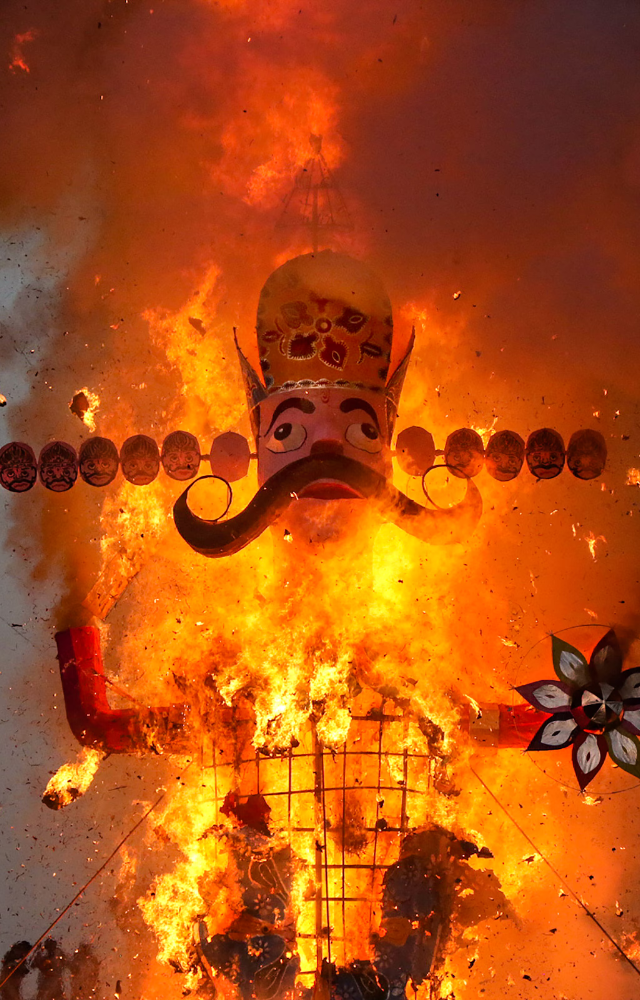
Cultural Significance of Dussehra
By Radiocity Team
Published Oct 11, 2024

Victory of Good over Evil
Dussehra celebrates Lord Rama`s victory over the demon king Ravana, symbolising the triumph of good over evil.

Ramayana`s Climax
The festival marks the climax of the Ramayana, where Rama kills Ravana to rescue his wife Sita, symbolising justice.

Burning Effigies of Ravana
Large effigies of Ravana, Meghnad, and Kumbhkaran are burnt to commemorate their defeat by Rama.
Goddess Durga’s Triumph
In some regions, Dussehra celebrates Durga’s victory over Mahishasura, a buffalo demon, signifying feminine power.
End of Navaratri
Dussehra concludes the nine-day festival of Navaratri, dedicated to the worship of Goddess Durga and other forms of the divine feminine.
Cultural Performances
Traditional dramas called Ramleela are enacted, portraying the life of Lord Rama and his journey to defeat Ravana.
Seasonal Transition
The festival often coincides with the harvest, symbolising the change from the monsoon to autumn, marking a time of renewal.
Divine Blessings for Prosperity
Hindus seek blessings from gods for prosperity and worship their weapons like knives and books, marking new beginnings in business and personal endeavours.
YOU MAY ALSO LIKE
Avika Gor`s Bridal Look Is A Fairytale
7 Must-Watch Rishab Shetty Movies
Celebration Across India
Different regions celebrate with unique customs, from Ramleela in North India to Durga Puja immersion in Bengal.
A Time for Reflection
Dussehra encourages self-reflection, urging people to overcome their inner demons and embrace righteousness.
7 Tragic Romance Like Tere Ishk Mein



